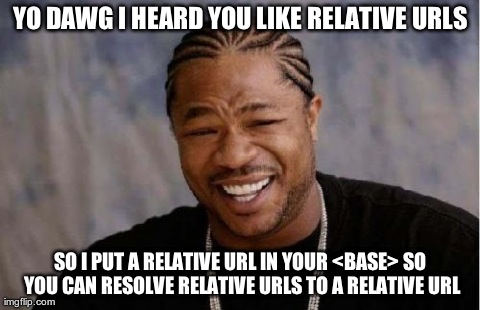From now on I am framing all web standards-type discussions with the question “what is it reasonable to demand that authors do”
For example, it’s not reasonable to demand authors publish content in more than one format. It’s not reasonable to demand that authors learn how RDF works. It is reasonable to require authors to publish HTML. It is reasonable to require authors to add some simple microformats like rel-author, h-entry or h-card.


 Emil Björklund
Emil Björklund
 Laura Kalbag
Laura Kalbag